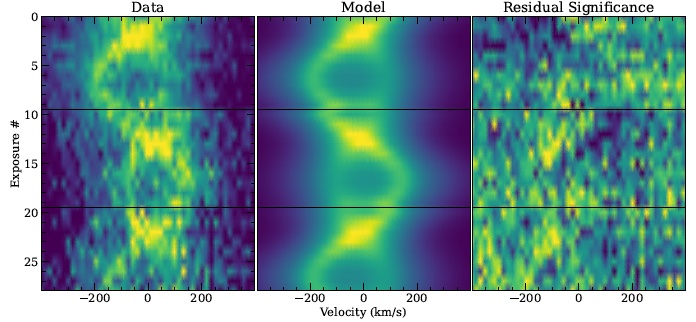| cover main news cv research data public teaching ENJL |
| Research interests / Nadia L. Zakamska
I am interested in many topics in observational and theoretical astrophysics, from exotic stellar binaries to planet formation to quasars to exo-planets to black hole jets to cosmology. For example recent papers from our group, check out our news page. I take new Ph.D. students if they are admitted into our program. Information on our Ph.D. program is available here. Although I try to respond to inquiries from prospective students, during some busy periods it is prohibitively difficult. Prospective graduate students are very welcome to indicate me as a potential advisor on their application even if they did not receive a response from me. Unfortunately I am unable to accommodate any high-school or non-JHU undergraduate interns. I am happy to talk with JHU graduate and undergraduate students interested in working on a research project (undergraduates, please enclose your CV with any requests). Projects are available for current and prospective graduate and undergraduates students to work in two areas: (1) With LIGO's discovery of neutron star and black hole mergers, Gaia's revolution in precision stellar parameters, and upcoming time-variability surveys like Rubin LSST, the exploration of the variable universe is the emerging frontier of Galactic astrophysics. Our group is particularly interested in stellar evolution of binary systems and resulting production of stellar remnants -- white dwarfs, neutron stars and black holes. We are taking advantage of cutting-edge emerging astrometric, spectroscopic, and time-domain data to look for exotic products of close binary evolution and stellar mergers, to study the dynamics of stellar binaries in the Galaxy, and to probe star and planet formation.
[Image: Modeling of the binary orbit of the 99-min double-lined spectroscopic binary of two white dwarfs, from Chandra, Hwang, Zakamska et al. 2021. Image credit: V.Chandra] (2) In extragalactic astrophysics, the co-evolution of supermassive black holes and their host galaxies is now considered to be a major component of galaxy formation. With my group, I have led an extensive observational program on discovery and characterization of galactic winds powered by supermassive black holes. This long-sought process is now considered the key missing piece in our understanding of galaxy formation, and the removal of gas from galaxies due to black-hole-driven winds likely limited the maximal mass of galaxies in the universe. We will be continuing to explore the co-evolution of galaxies and black holes in multiple approved JWST programs, with upcoming spectroscopic surveys like PFS, and with new major facilities like Roman Telescope and Rubin LSST.
[Image: multi-scale feedback between the supermassive black hole and its host galaxy. Image credit: N.Zakamska and S.Tremaine] |

